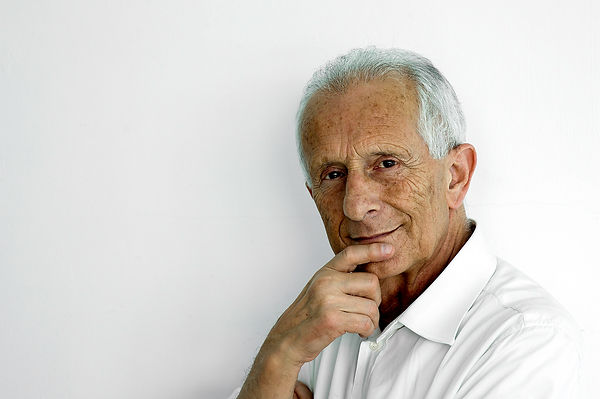TINO STEFANONI

Bio
Tino Stefanoni (6 July 1937 – 2 December 2017), born in Lecco, Italy, studied art at the Beato Angelico college in Lecco, and Architecture and the Milan Polytechnic. He has been a feature on the international art scene for over 50 years. Tino Stefanoni’s work, while not strictly classifiable as conceptual art, has effectively always developed in the same area of research. He has always addressed the world of things and of everyday objects, representing them in their most disarming obviousness, as pictures in a visual spelling-book, or pages of an instruction booklet in which images replace words. Unlike the animal kingdom, or the vegetable kingdom, that do not belong to man, the world of things is, by contrast, the only tangible sign of humankind’s existence, and therefore its property, a trace of its thinking and history, where art and beauty may be created, that are other than the art and beauty of nature.
Also obvious, in this research, is an interest in presenting things rather than representing them, and at the same time, to shroud them in subtle irony and magic, drawn from an aseptic operation as if in a vigilant dream, one would say, that bring together elementariness and mystery, two elements that by nature share no proximity, but are accosted by counterpoint.
In today’s paintings as well, in which the canons of classical painting (in the strictest sense of the definition) are intentionally exasperated to the advantage of pictorial didactics (light, chiaroscuro, drawing, colour), the world of things is always revealed, and while continuing to represent the resolving element of his work, is naturally bestowed with metaphysical meanings, the same meanings found in the paintings executed in black and shaded lines that may be defined as sinopias of previous works. The enchanted disenchantment – Painting as an object – The state of facts – Objective irony – The unveiled illusion – Platonic loves – Emoticon – Metaphysics of daily life – Irony, poetry and so be it – Magical conceptuality – The enigma of the obvious – Painting of the mind: these are some of the significant titles of written pieces on his work. The fake enchantment, therefore, of his apparently classical art, disguises the lyrical-conceptual moment of the artist’s work, entirely and strictly rational and, paradoxically, “emotionally rational” to the point of wanting to stress that painting is no more than an object for the mind, in just the same way that a chair, a table, or a bed, are objects for the body.